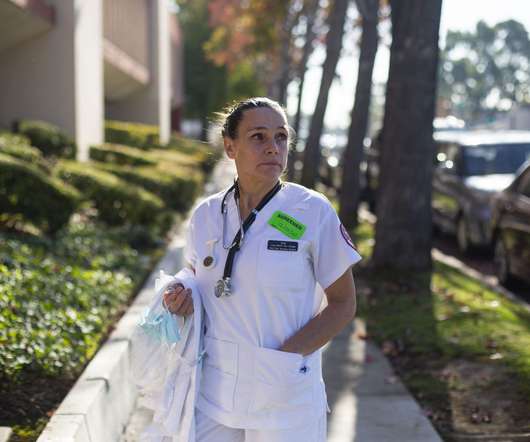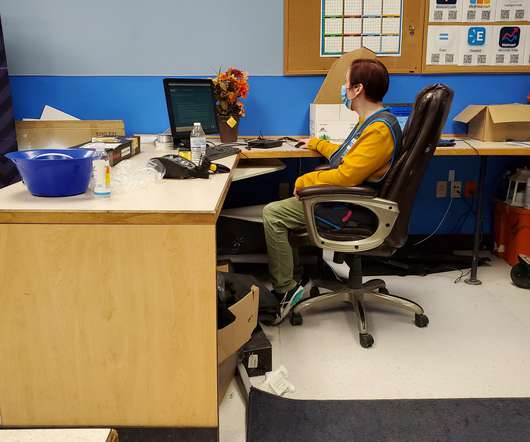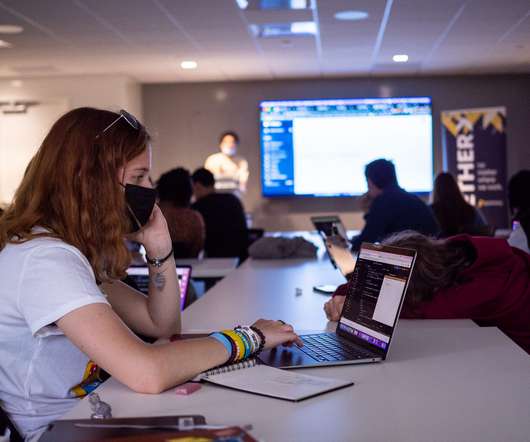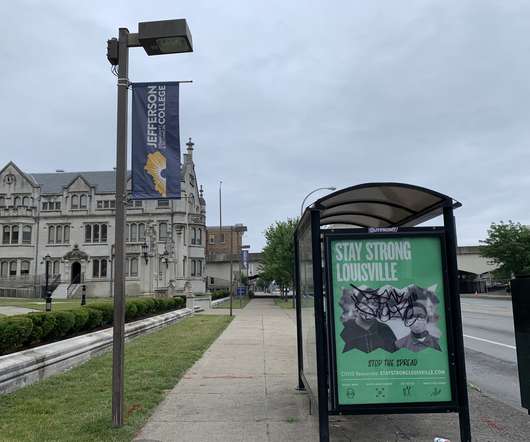The Digital Transformation of Healthcare Education
EdTech4Beginners
JANUARY 31, 2024
These disruptive shifts promise to increase access to medical education, ease skills shortages and better prepare the healthcare workforce to meet future demands. The World Health Organization predicts a worldwide shortfall of 15 million healthcare workers by 2030. They access libraries of interactive video case studies.


































Let's personalize your content